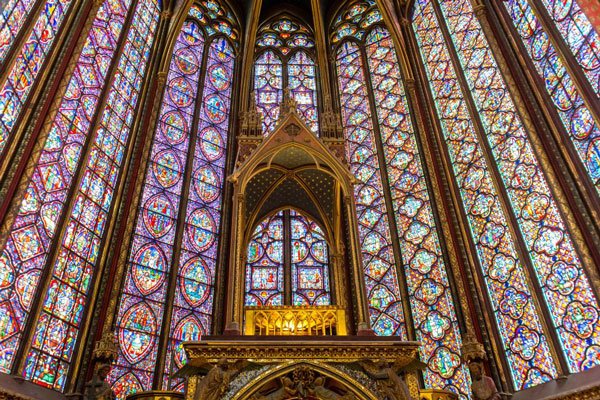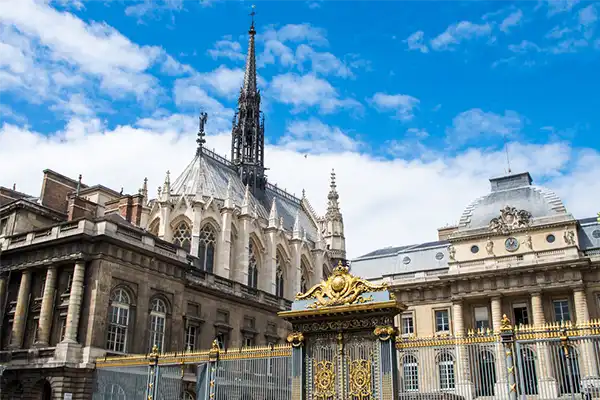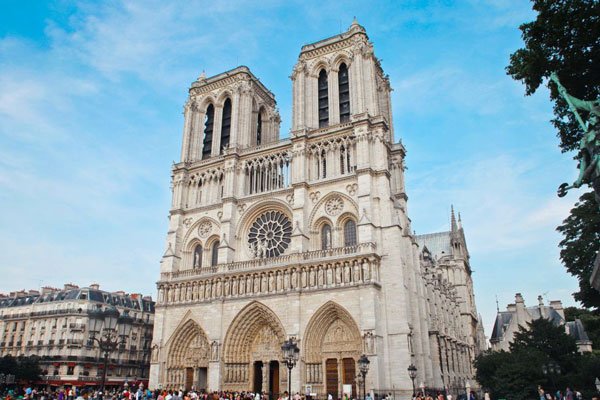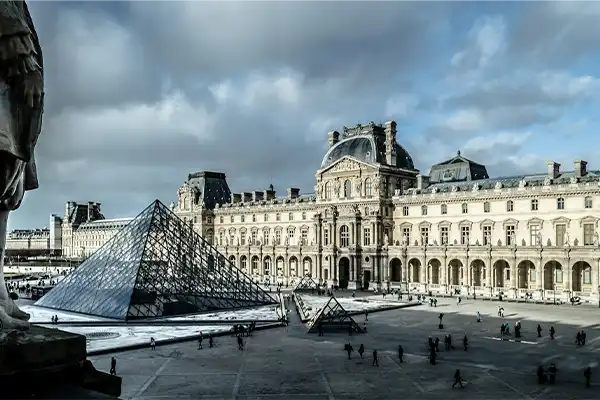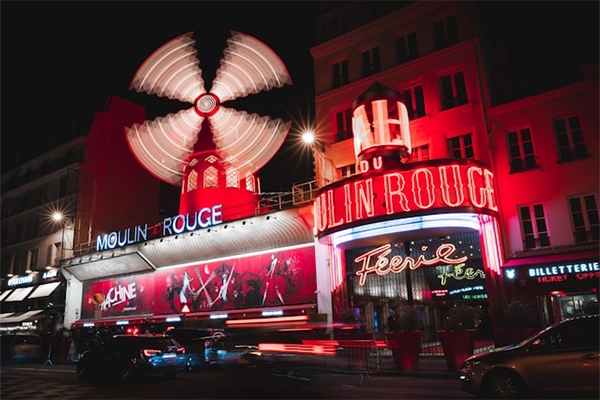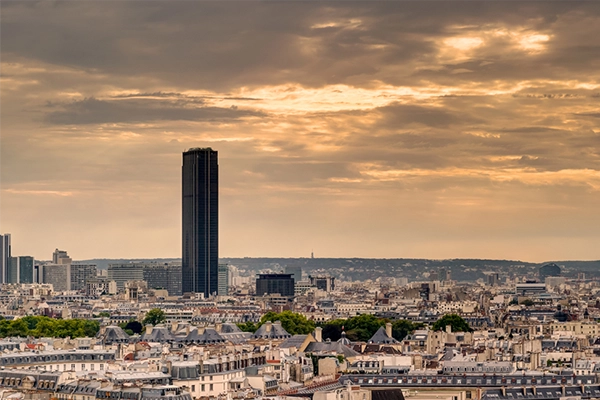Fascinating Facts and Secrets about Sainte-Chapelle
Fascinating Facts and Secrets about Sainte-Chapelle
Dive into the fascinating world of Sainte-Chapelle with our curated collection of facts and insights. This page is divided into two sections: quick-reference facts and enthralling trivia, enhancing your appreciation for this iconic masterpiece.
Quick Facts about Sainte-Chapelle
- Address: 10 Bd du Palais, 75001 Paris
- Original name: Sainte-Chapelle
- Total area: 6,815 square feet (630 square meters)
- Total capacity: 1,300
- Total number of stained-glass: 15, covering 6,700 square feet (630 square meters)
- Construction started and finished: 1238 – 1248
- Architects: Pierre de Montreuil
- Engineers: Pierre de Montreuil and Geoffroy d’Anjou
- Architectural style: Rayonnant Gothic
- Renowned for its: Stunning stained-glass windows depicting biblical scenes
- Special Events: Concerts and exhibitions
- Number of Visitors per Year: Around 900,000
13 Fun Facts and Secrets about Sainte-Chapelle
Uncover the enchanting nuances and fascinating insights about Sainte-Chapelle with these astonishing and incredible fun facts and secrets:

UNESCO World Heritage
The chapel was added to the UNESCO World Heritage List in 1979, along with the rest of Île de la Cité. The chapel is considered to be an outstanding example of medieval architecture and a masterpiece of stained-glass art.

Two-storey chapel
Sainte-Chapelle was originally built as a two-storey chapel, but the lower chapel was later sealed off and used as a storeroom. This was because the lower chapel was not as well-lit as the upper chapel, and the stained-glass windows did not show up as well.
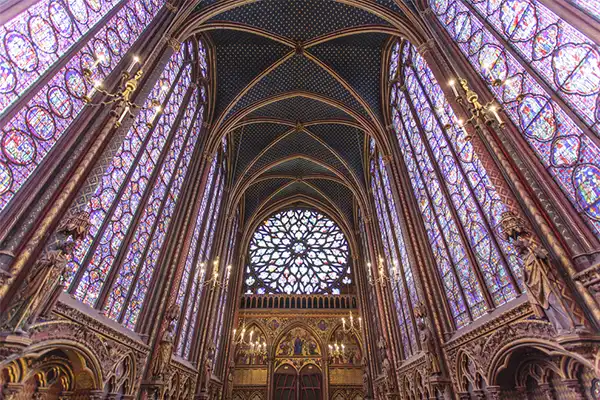
A Whispering Gallery
The lower chapel of Sainte-Chapelle features a unique acoustic phenomenon called a whispering gallery. If you stand at one end of the gallery and whisper, your voice can be clearly heard at the other end, even though it’s more than 200 feet away. This is due to the way the sound waves bounce off the walls and ceiling of the gallery.
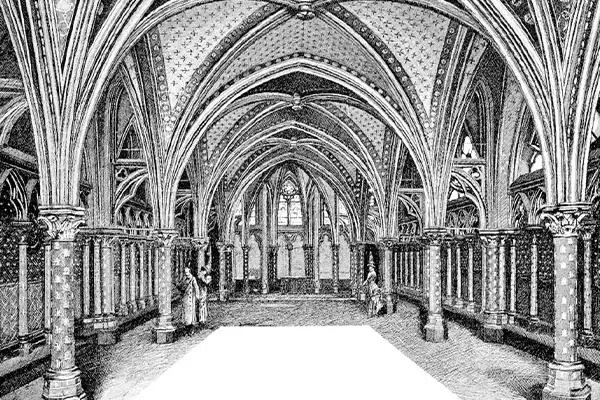
A Secret Passage
There is a secret passageway hidden within the walls of Sainte-Chapelle. This passage was once used to transport the Crown of Thorns and other sacred relics, ensuring their safety in case of attack. The passage is now closed to the public, but it remains a fascinating reminder of the chapel’s rich history.
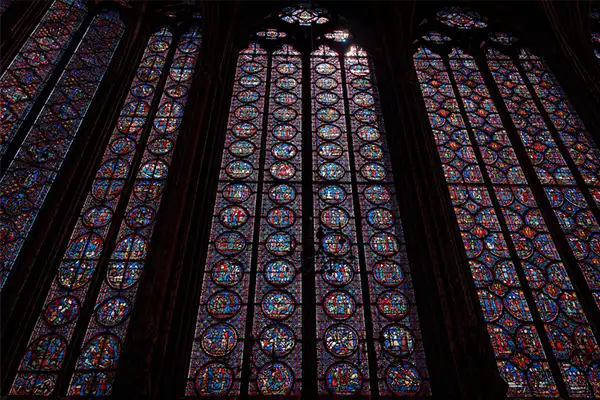
A Controversial Symbol
Sainte-Chapelle was built during a time of great religious fervor in France. However, the chapel’s lavish decoration and its focus on the veneration of relics were not universally admired. Some critics accused the chapel of being too materialistic and of detracting from the true essence of faith.
A Beacon of Light
In the days before electricity, Sainte-Chapelle was a beacon of light for the city of Paris. The stained-glass windows, which were made with special glass that allowed in a lot of light, would illuminate the chapel with a soft, ethereal glow. This made Sainte-Chapelle an important landmark, and it was often used as a navigational point for sailors on the Seine River.

A Testament to Innovation
Sainte-Chapelle was one of the first buildings to use flying buttresses, a type of architectural support that allowed for taller and lighter structures. This innovation was crucial to the development of Gothic architecture, and it helped to create the awe-inspiring soaring arches and delicate columns that are characteristic of Sainte-Chapelle.
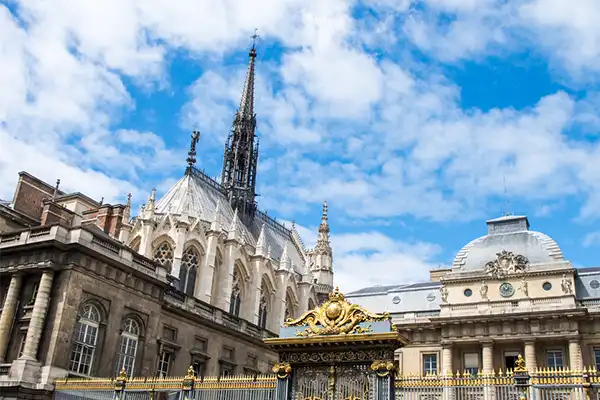
Built over a Roman sewer
The chapel was built on top of an ancient Roman sewer, which can still be seen today in the basement of the building. The sewer was originally used to drain rainwater from the island of Île de la Cité, but it was later repurposed to store the chapel’s extensive collection of relics.

Famous architect
The chapel’s construction was overseen by Pierre de Montreuil, one of the most renowned architects of his time. Montreuil was also responsible for designing the Sainte-Chapelle in Vincennes, another royal chapel located outside of Paris.

The Crown of Thorns
The chapel was originally intended to house the Crown of Thorns, a relic believed to be the crown worn by Jesus Christ during his crucifixion. However, the crown was eventually moved to Notre Dame Cathedral in 1802, and it was destroyed in the fire that devastated the cathedral in 2019.
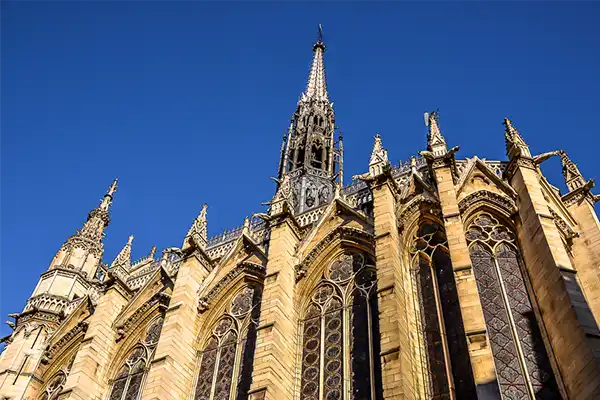
Rayonnant Gothic
The chapel was built in a style known as Rayonnant Gothic, which is characterized by its soaring arches, delicate columns, and elaborate ornamentation. This architecture was a popular style in France during the 13th century, and it was used to construct some of the most impressive buildings of the era.
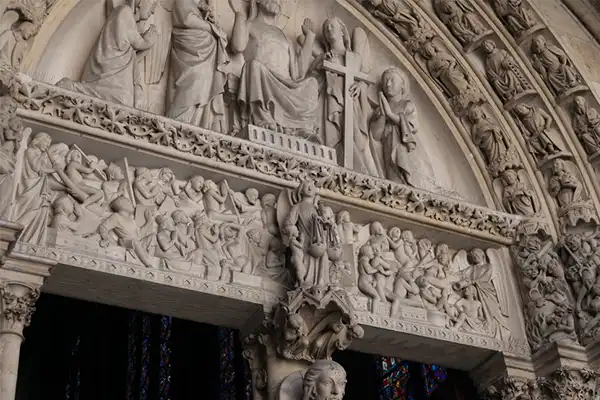
Sainte-Chapelle during French Revolution
● Sainte-Chapelle with its lavish interiors and association with the monarchy, was a prime target for revolutionary wrath and was shattered during the tumultuous events.
● The chapel’s stained-glass windows were defaced and broken, their vibrant hues replaced by shattered glass and jagged shards.
● The interior was ransacked, and its precious relics, including the Crown of Thorns and other sacred objects, were removed and dispersed.
● The chapel itself was repurposed, serving as a prison for political dissidents and a stable for horses.
● The Revolution’s destructive rampage inflicted significant damage on Sainte-Chapelle, leaving it in a state of disrepair and degradation.
● The chapel’s spiritual significance was lost, and its once-glorious beauty was replaced by a sense of desolation and neglect.
● Despite the devastation it suffered, Sainte-Chapelle survived the Revolution and its aftermath.
● In the 19th century, restoration efforts began to undo the damage of the Revolution. The chapel’s stained-glass windows were carefully repaired. Approximately two-thirds of the original glass was salvaged and used in the restoration.
● The remaining fragments were preserved and are now housed in the chapel’s treasury.
● The interior of the chapel was restored to its former splendor.
Book Sainte-Chapelle Tickets & Tours
Explore below your Sainte-Chapelle ticket options and pick from the finest selection:

